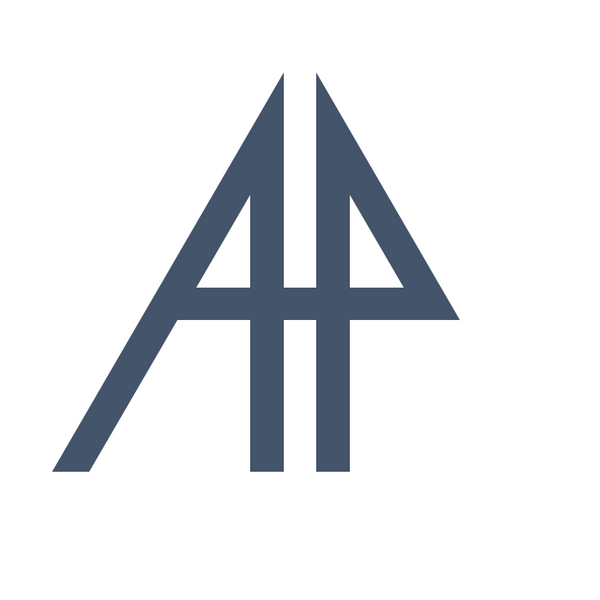The complexity of this build lies in the internal routing and the inclusion of Zeno hydraulic couplers. To make it work, I needed a more flexible hydraulic hose to facilitate easier bends and store more slack in the frame. After experimenting with hoses from SRAM, Jagwire, Hope (by Goodridge), and Goodridge, I chose the Goodridge 600-02 Stainless hose with Colorflex housing. The stainless Hope kit and the Goodridge hose were both very flexible, but fluid leakage occurred with both the Hope and SRAM barbs. Since brakes need to be 100% reliable, this was not acceptable.

The Goodridge hose is designed for DOT fluid and is also used in motorsport applications, making the price similar to traditional bike hose kits. With an external diameter of 5.75mm, it's easiest to use with Goodridge connectors designed for MTB. These fit perfectly and leak-free into the SRAM shifters and two-piece calipers.
You need both of the following 2 parts for each end of the hose.

These parts are not sold in the US, so I did have to buy them from the UK and have them shipped over. There is also a specialized tool designed to affix these to the hose. This tool is expensive and hard to get. So, to ensure proper fit, I used a spare hydraulic lead from a Rival AXS shifter.
I cut the hoses using a standard steel cable cutter and used a 2.5mm Allen wrench to ensure the hose was open enough to accept the screw-in barb that is part of the swivel connector
I started the build process by fitting the hose ends at the caliper and then at the brake levers. To do this I first tightened the swivel connector into the spare hydraulic lead using an 8mm wrench on the on the swivel connector and a 10mm wrench on the flats of the spare hydraulic lead. I then slid the 8mm collar over the end of the hose as pictured then screwed the barb end of the connector onto the hose. Once the swivel connector starts to catch on the second, larger set of threads there is a lot more resistance. This is when I used the 10mm wrench on the lead to ensure I could get the connector and hose mated tightly together leaving just enough space for the swivel connector to rotate. I then unthreaded the swivel connector from the spare hydraulic lead giving me a perfect hose end.



Next, I worked on the handlebars, installing the Zeno couplers. I first routed the lines through the bars and then removed a small section of the casing to ensure it fully inside the compression area of the coupler. The coupler was then pressed on and tightened using an 8mm and 10mm wrench.


To make the system easy to maintain the connectors were both housed inside the stem.
Note that I did carefully notch the stem to allow for the cables to pass into the stem. This was done with a lot of reservations in careful consultation with people who know better than me. It was the preferable option to using a cheaper bar of unknown quality to get the fit I want. ENVE has since re-released this bar with internal routing and if I see any sign of fatigue on the stem, I plan on buying the new bar and replacing the stem. If you decide to follow my example, it is at your own risk.

The rest of the install was a straight forward Rival AXS install. The build parts list is as follows:
- 40cm Enve SES Aero bars (35cm at the hoods)
- 100mm FSA ACR NS stem
- Cane Creek 110 EC44 lower headsets for both the top and bottom (Ec44/40 for the top and EC44/33 to match the fork)
- 3T Fundi disc fork (50mm offset) with the cable port shaved and plugged for internal ACR routing
- 3d printed headset spacer (MJF Nylon w. Glass fiber) and internally using a Deda DCR compression ring
- Rival AXS groupset with Praxis 48/32 chainrings (165mm cranks)
- Ascent Polaris 69mm wheels
- Fizik Antares Evo R1 adaptive saddle
- Silca Ti bottle cages and Ti "Mensola" gps mount
- Woodman ISP topper
- 2 Zeno Speedlink couplers
The result is below. To say it makes me thrilled is an understatement.

